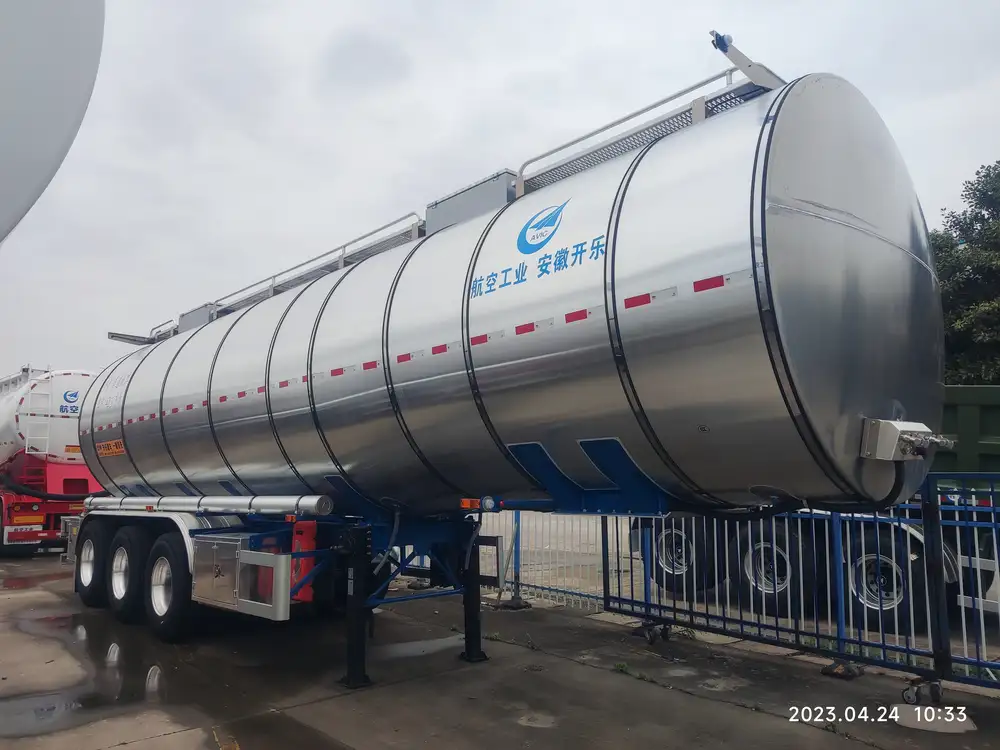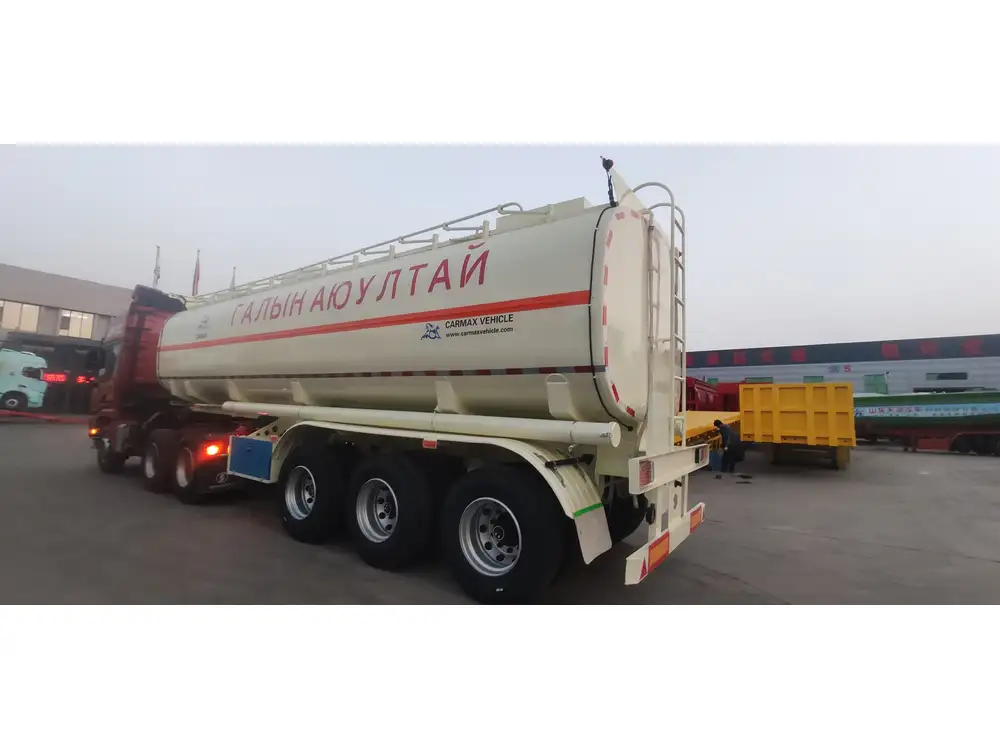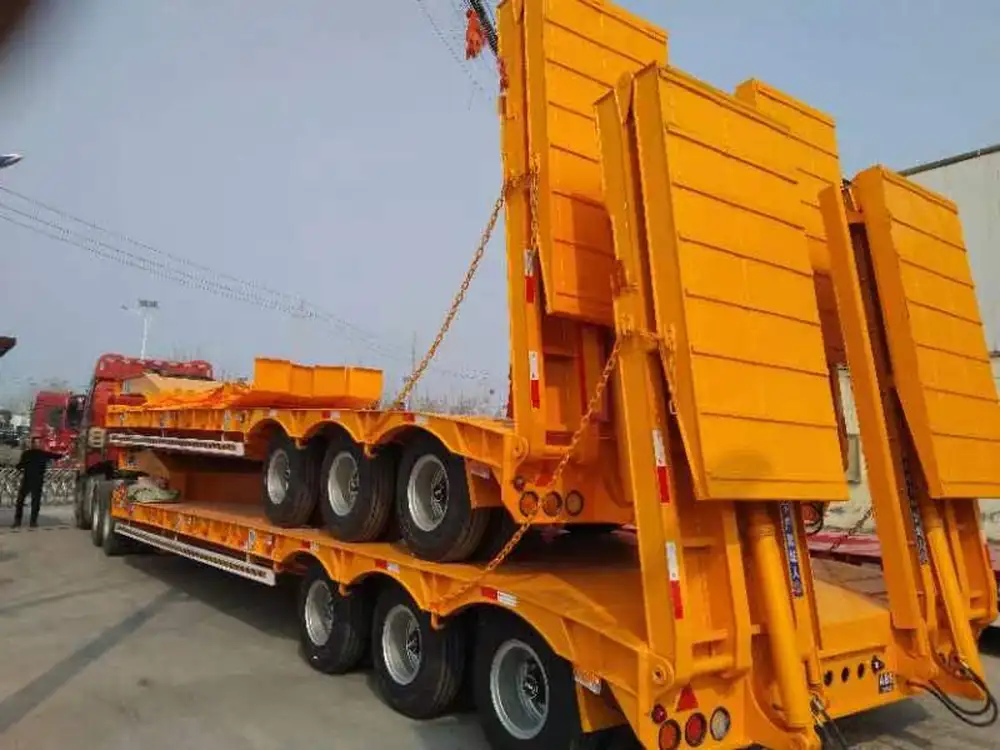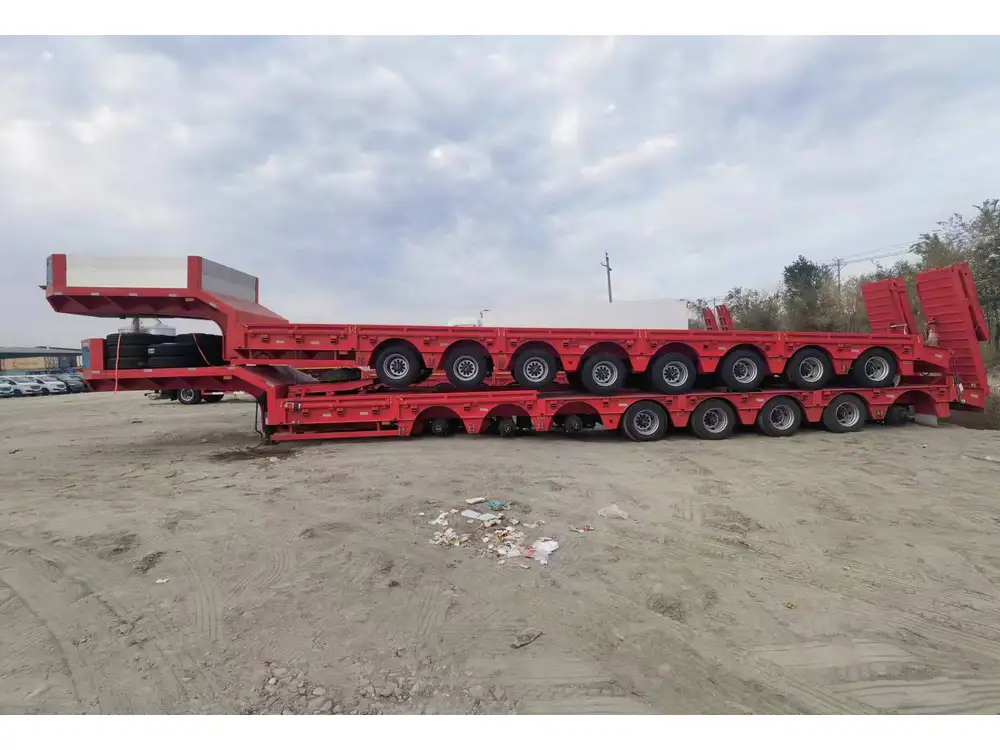In the realm of semi-trailers, dump trailers stand as a pinnacle of utility, facilitating the transportation of loose materials with notable efficiency. Whether you’re a contractor, a landscaper, or a heavy-duty hauling enthusiast, understanding the axle size of a dump trailer is vital for the optimal performance and safety of your operations. This detailed guide serves to illuminate the intricacies surrounding axle sizes, enhance your knowledge base, and help you make informed purchasing choices.
The Importance of Axle Size in Dump Trailers
Axle Size: A Fundamental Component
The axle size of a dump trailer directly affects capacity, stability, and overall performance. It determines how much weight the trailer can carry and influences the vehicle’s maneuverability. Larger axles generally provide increased strength and allow for greater load capacities, essential in heavy-duty applications.
| Axle Size (inches) | Typical Load Capacity | Common Uses |
|---|---|---|
| 3,500 | Up to 7,000 lbs | Landscaping, small jobs |
| 5,200 | Up to 10,400 lbs | General construction |
| 7,000 | Up to 14,000 lbs | Heavy-duty applications |
| 10,000 | Up to 20,000 lbs | Commercial hauling |

Key Considerations When Choosing Axle Size
Choosing the right axle size encompasses various factors, including:
- Load Requirements: Evaluate the maximum weight you anticipate transporting to select an appropriate axle size.
- Terrain: Different terrains may require specific axle sizes to ensure proper support and balance.
- Regulatory Standards: Be aware of local regulations concerning axle load limits and trailer specifications.
- Intended Use: The nature of your work—construction, landscaping, agriculture—affects your axle size decision.
Axle Types in Dump Trailers: A Closer Look
Single Axle vs. Double Axle
Dump trailers usually come in single axle and tandem axle configurations. Each configuration has its strengths and weaknesses.
| Feature | Single Axle | Tandem Axle |
|---|---|---|
| Maneuverability | Easier to maneuver | Better stability and weight distribution |
| Load Capacity | Limited (up to 7,000 lbs typically) | Higher (can exceed 14,000 lbs) |
| Cost | Generally less expensive | Higher initial costs with increased capacity |
| Maintenance | Simpler maintenance | Slightly more complex maintenance |

Axle Configuration
When we delve into axle configuration, two prevalent setups emerge: standard and drop axle designs.
- Standard Axles: Positioned evenly under the trailer bed, providing uniform distribution of weight.
- Drop Axles: Designed lower than standard axles, offering a lower loading height, which benefits dump trailers hauling materials like gravel or dirt.
Factors Influencing Axle Size Selection
Understanding the following factors can significantly impact your decision regarding axle size for dump trailers:
Material Type
The type of materials you will be transporting will determine the overall mass you’ll be loading into the dump trailer. For example, transporting heavy aggregates necessitates choosing a trailer with larger axles to withstand the stress adequately.

Trailer Size
Larger dump trailers require larger axles to maintain stability. For instance, a 14-foot dump trailer typically would rely on tandem axles with a minimum size of 5,200 lbs each.
Weight Regulations
Familiarize yourself with the weight limits and regulations in your area. Many states have restrictions on how much weight can be loaded per axle. Ensure you’re compliant to avoid fines and ensure safety during transport.
Safety Considerations

Load Distribution
Improperly distributed loads can lead to dangerous driving situations. When loading a dump trailer, always ensure weight is evenly distributed over the axles to maintain stability.
Regular Maintenance Checks
Regularly inspecting the axles, tires, brakes, and other components is critical for safety. Utilize the following checklist to maintain your trailer:
| Maintenance Task | Frequency |
|---|---|
| Tire pressure check | Before each use |
| Brake inspection | Monthly |
| Axle alignment check | Bi-annually |
| Greasing wheel bearings | Quarterly |
Upgrading Axles: Should You Consider It?

When to Upgrade
- Increased Load: If your operation demands transporting heavier materials than your current axles can handle.
- Frequent Repairs: Continuous breakdowns might indicate the need for stronger axles.
- Safety Concerns: Enhancing safety can often require an upgrade, especially if you’re experiencing issues related to stability.
Cost Vs. Benefit Analysis
Conducting a cost-benefit analysis is essential when contemplating axle upgrades. The upfront cost of new axles or a completely new trailer can be daunting, but consider the long-term benefits of reliability, reduced maintenance costs, and increased efficiency in workflow.
Frequently Asked Questions (FAQs)

What are standard axle sizes for dump trailers?
Standard axle sizes in dump trailers typically range from 3,500 lbs to 10,000 lbs, dependent on the specific design and anticipated load capacity.
How does axle size affect towing?
Axle size significantly impacts the trailer’s weight distribution during towing. A larger axle will typically provide better stability and control, especially when maneuvering heavy loads.
Can I replace my dump trailer’s axles?
Yes, replacing or upgrading axles is possible and can often enhance the trailer’s load capacity and safety. Ensure that the replacement axles match the specific needs of your trailer and comply with legal regulations.

What maintenance should I perform on my dump trailer’s axles?
Regular maintenance should include inspecting for wear, ensuring proper lubrication, checking brake functionality, and confirming alignment and weight distribution.
Conclusion: Choosing the Right Axle Size for Your Dump Trailer
Selecting the appropriate axle size for your dump trailer is of paramount importance in ensuring efficiency, safety, and compliance with regulations. By understanding the intricate details surrounding axle sizes—including their types, configurations, and impacting factors—you are empowered to make informed decisions that align with the demands of your operations.
In a world increasingly driven by efficiency and productivity, investing your time in knowledge acquisition regarding axle specifications can yield significant benefits. As the adage goes, “An ounce of prevention is worth a pound of cure.” This holds especially true in the heavy-duty hauling industry, where safety and operational efficiency are paramount.
Take the time to assess your operational needs, conduct thorough research, and consult with experts in the field. Doing so will ensure that your choice in axle size not only meets current demands but also prepares you for future growth and challenges.
By prioritizing quality and safety in your dump trailer axle selection and maintenance, you position yourself at the forefront of industry standards—propelling your business or projects toward successful outcomes.



